





Exploring Southwark and discovering its history


Burgess Park
Burgess Park, situated to the north of Camberwell, is a popular but comparatively new park, created from bomb damaged streets and haunted by an industrial past. It is bordered by Albany Road to the north with entrances in Camberwell Road and the Old Kent Road. A map of the area of the 19th century shows the area to have been heavily built upon, bisected by the Grand Surrey Canal. Building of the canal, which started at the Surrey Docks, commenced in 1801, and it was planned the canal would go as far as Epsom and then on to Portsmouth. The project ran out of money and it only got as far as Camberwell Road by 1810 with a spur built to Peckham opening in 1826.
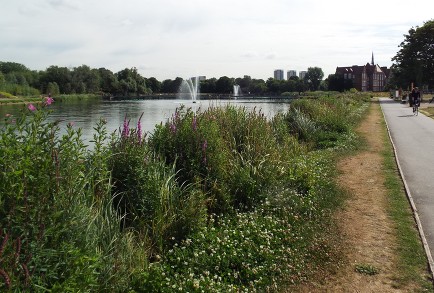
The park somehow manages to be both tranquil and vibrant. It is enhanced by the modern planting and meadow flowers that has recently been introduced, a BMX track and other additions. Remnants of its urban past remain; the Chumleigh almshouses, a redundant bridge over the former Grand Surrey Canal and a lime kiln. It can be eerie to walk upon what were once living streets, perhaps now in someone’s parlour or scullery, now on a factory floor. In Wells Way, the former St George’s Church remains, as does the building housing the library, bath and wash-houses, once perhaps the lively focal part of a community now disappeared. The park is still not considered to be finished, and there are issues regarding boundaries, but nevertheless it is a much used and much loved park.
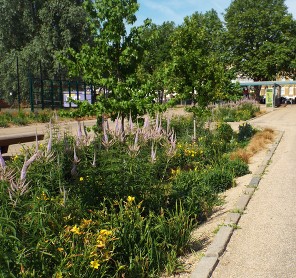
But as the railways and better road links developed, the canal system fell out of favour. The area suffered some damage from a zeppelin raid in World War I, which was minor compared to the utter devastation caused by both the blitz and attacks from V1 and V2 flying bombs in World War II. Even before the end of the war, the London County Council had created the Abercrombie Plan, a master-plan for London’s rebuilding and renewal. An integral part of the plan was to create more green spaces and identified 220 acres in North Camberwell as the site for a new park. Part of this area had already been condemned for slum clearance.
The creation of the park was a slow process. Gradually 30 roads and hundreds of buildings, both domestic and industrial, were acquired and demolished between the 1950s and 1980s and integrated into small green spaces already acquired by the council. By the 1960s, the Surrey Docks were declining and the canal had become polluted having fallen into disuse There were incidents of children drowning and by the early 1970s the canal had been drained and filled. Originally the new park was called St George’s but in 1974 the park was renamed Burgess Park after Jessie Burgess, a tireless local councillor and the first lady mayor of Camberwell. The park underwent a further transformation which was completed in 2012 with £8 million received from the Mayor of London.
The new industries attracted workers and a network of small terraced houses was built to accommodate them. St Giles in Camberwell could not cope with the increased congregation and St George’s Church was built in Wells Street (now Wells Way) in 1824. The church built a school, benefactors provided a library, a bath house and wash house, and a cinema opened opposite the church in 1913.
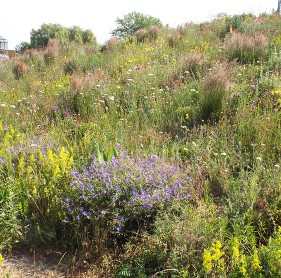
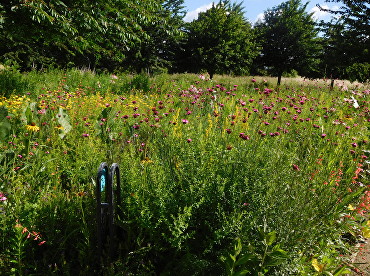
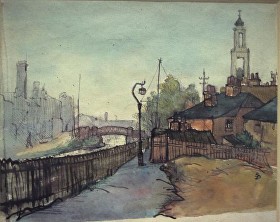
Painting of the Grand Surrey Canal by Eric Doitch, 1946, in the Southwark Art Collection. St George's Church and the chimney from the baths and wash-house can be seen in the background


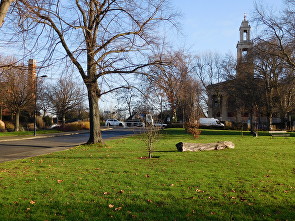
Same view (almost) 2016
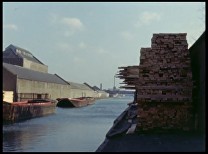
The canal cut through existing market gardens and the transport links now provided by the canal from the newly developing Surrey docks attracted industry to the area. New factories included a builders’ suppliers that also manufactured quicklime, a dye works, a bible manufacturers, a soft drinks company (R White’s, at one stage they had seven premises in the area), an Edison Bell factory and an ice store.
Web discoveries
- UK Casino Not On Gamstop
- UK Casino Not On Gamstop
- Non Gamstop Casino
- Casinos Not On Gamstop
- Non Gamstop Casinos
- Non Gamstop Casinos
- Non Gamstop Casino
- Casino Sites Not On Gamstop
- Slots Not On Gamstop
- Casinos Not On Gamstop
- UK Betting Sites Not On Gamstop
- UK Casino Not On Gamstop
- Best Non Gamstop Casinos
- Betting Sites
- Non Gamstop Casino Sites UK
- Best Non Gamstop Casinos
- Non Gamstop Casino
- Casinos Not On Gamstop
- Non Gamstop Casino Sites UK